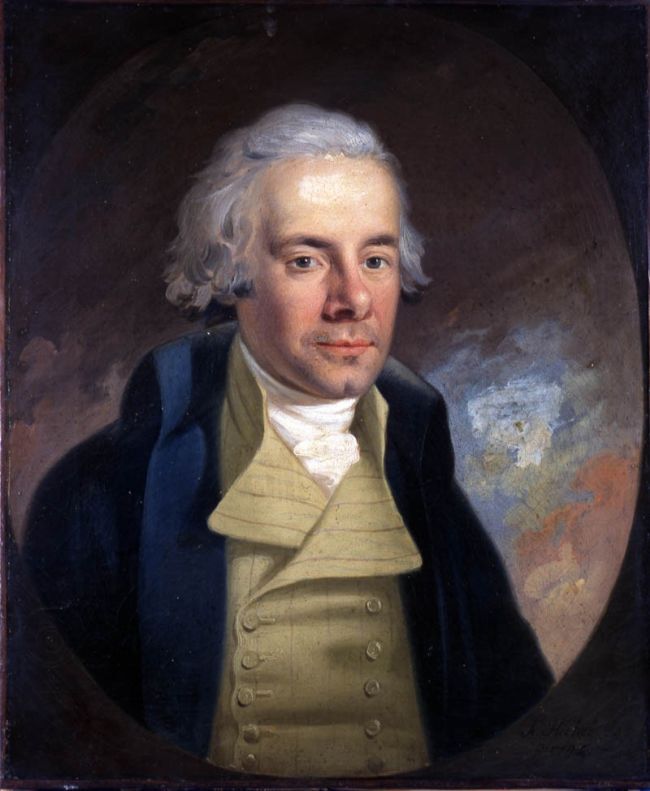In one of his books, pastor Wayne Cordeiro tells the story about a church member named Bully, a gentle man who got his nickname from his days of barking orders at construction sites. After Cordeiro noticed the scars on Bully's hands, he asked him, “Bully, how'd you get so many cuts?” Bully told the following story about a tsunami that hit the Hawaiian Island in the 1960s:
“I was working above the bay that our home overlooks. One morning, the tide receded so much that the children ran out to catch fish in the tide pools left behind. We'd never witnessed the tide so low before, and it gave the kids an unprecedented opportunity to play and romp through the reefs that now protruded above the waterline like newly formed islands in the ocean. But what we didn't know was that the ocean was preparing to unleash the largest tsunami our sleepy little town had ever experienced.
Within minutes, a sixty-foot wave charged our unsuspecting town with a force we'd never seen before. The hungry waters rushed inland. Like bony fingers, the waters scratched and pulled homes, cars, possessions, and people back into a watery grave. The devastating power of that wave left in its wake twisted buildings, shattered windows, splintered homes, and broken dreams. I ran as fast as I could to our home, where I found my wife sobbing uncontrollably. "Robby is missing," she shouted. “I can't find Robby!”
Robby was our six-month-old child who was asleep in the house when the ocean raged against our helpless village. I was frantic as I looked over the shore strewn with the remains of the frail stick houses that were now piled in heaps along the sands. Realizing that another wave may soon be following, I began running on top of the wooden structures, tearing up pieces of twisted corrugated roofs that were ripped like discarded remains of a demolition project. I tore up one piece after another running over boards and broken beams until I heard the whimpering of a child under one of the mattresses that had gotten lodged beneath an overturned car.
I reached under and pulled up my little son, Robby. I tucked him under my arm like a football player running for the end zone, then I sprinted back over the debris until I reached my wife. We ran for higher ground, hugging our child and one another, thanking God for his mercy.
Just then, my wife said, “Bully, your feet and your hands. You're covered in blood!” I had been wearing tennis shoes, and I didn't realize that as I ran over the wreckage, I was stepping on protruding nails and screws that had been exposed in the rubble. And as I pulled back the torn corrugated roofing looking for Robby, the sharp edges tore into my hand. I was so intent on finding my boy that nothing else mattered.”[1]
Every scar tells a story. The story of our God’s love is told by scars. Thomas poked his finger in Jesus’ side and saw the sunlight passing through the holes in His wrists (John 20:26-27). Spurgeon once commented that there will only be one man-made thing in heaven—the scars on the glorified body of Christ. But, why? You would think that in Jesus’ resurrected body, all the wounds from His suffering would be eternally removed.
Every scar tells a story. The story of our God’s love is told by scars. Thomas poked his finger in Jesus’ side and saw the sunlight passing through the holes in His wrists (John 20:26-27). Spurgeon once commented that there will only be one man-made thing in heaven—the scars on the glorified body of Christ. But, why? You would think that in Jesus’ resurrected body, all the wounds from His suffering would be eternally removed.
However, we find that the scars are there to stay. Just read what Revelation 1:7 says, “Behold, he cometh with clouds; and every eye shall see Him, and they also which pierced him: and all kindreds of the earth shall wail because of him. Even so, Amen.” That verse pertains to the stunned reaction of the Jewish people upon the return of Christ back to Earth. They too will see the scars and cry.
Jesus came to this earth, and went home with a souvenir of His sacrifice. Souvenirs help us remember. Scars tell a story. But I assure, the scars of the Lord are not for Him, but for us. They will be there throughout the eternal ages as a reminder to God’s people of the high price Christ paid for our redemption. The scars are a forever relic of the old fallen world. The scars will tell that the greatest love story ever composed was written in red. The scars will say to us, “I have loved you with an everlasting love.” The scars will remind us…He chose the nails. Better yet, the scars will say to us always that the Lamb has overcome. He took the worst and gave us the best.
By the way, just as an aside, you’ve probably got some scars. Whether self-inflicted or the reminders of painful choices from a sinful life, they are there. Instead of hiding them, why don’t you use them to tell the redemptive story of God’s power in your life. Indeed, your scars may be your greatest ministry. Just as the scars of Jesus convinced Thomas to believe, perhaps your scars will convince someone today to believe. -DM
[1] Wayne Cordeiro, Sifted (Grand Rapids, MI: Zondervan, 2012), 205-208.
